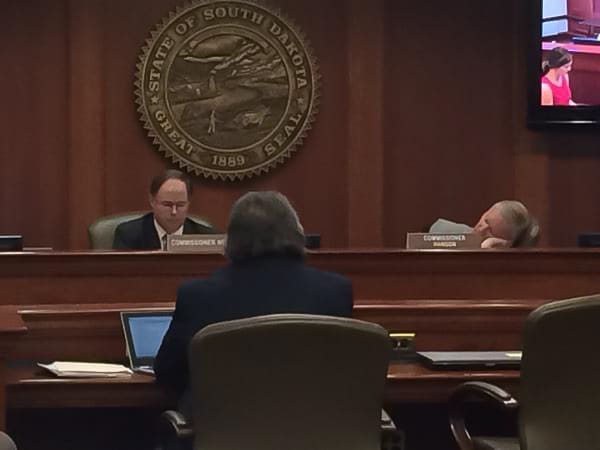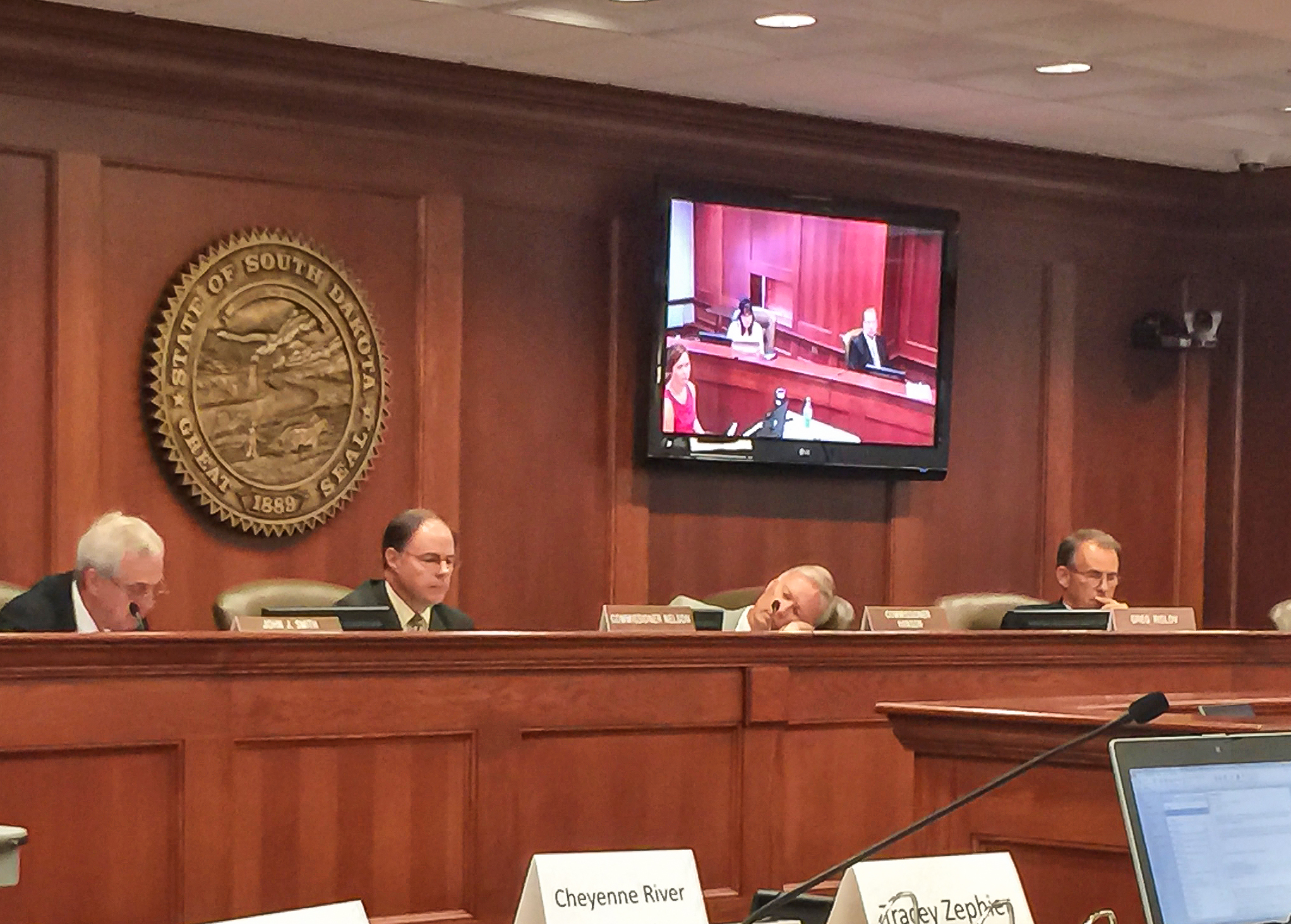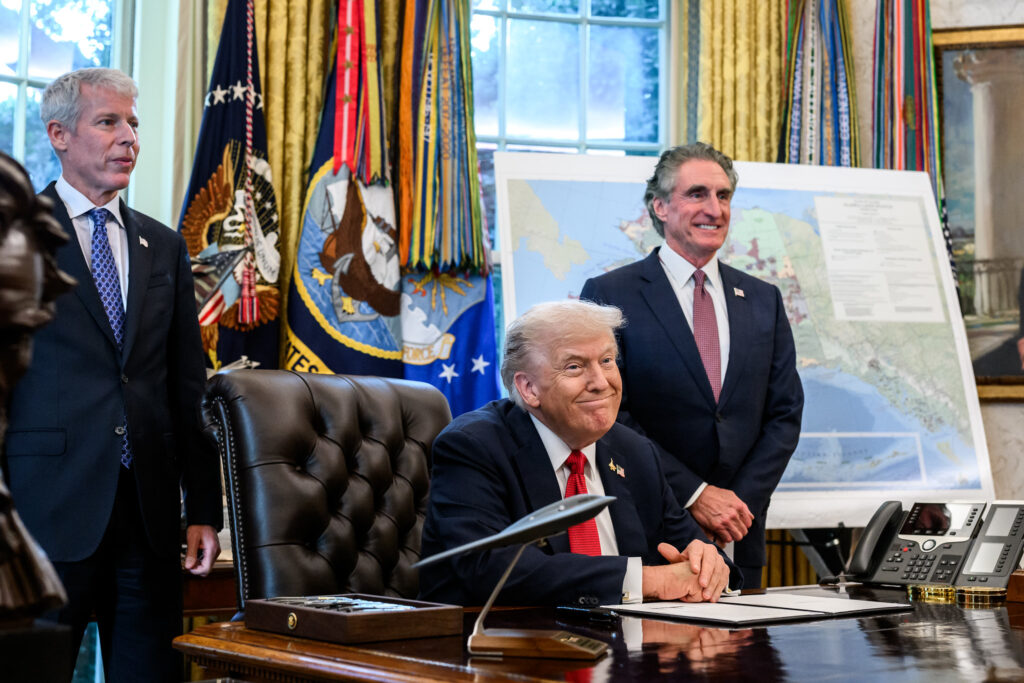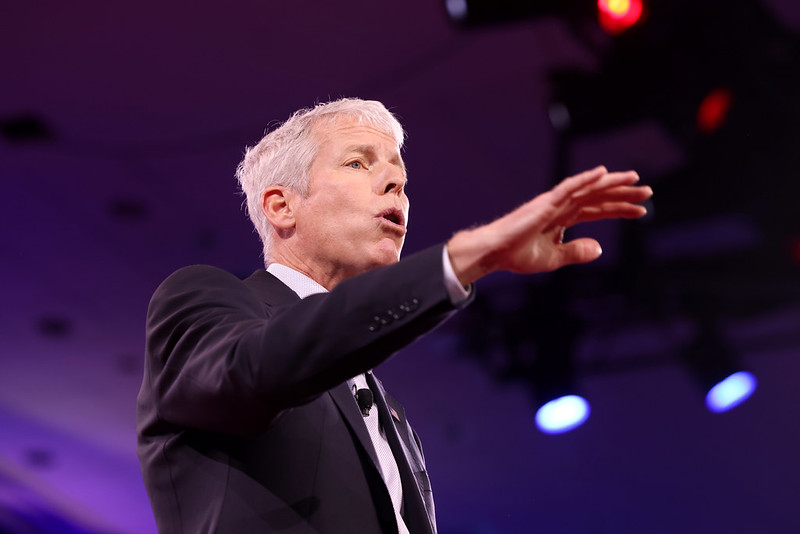TransCanada’s days of having its pipeline permit requests rubber-stamped are long over. A nine-day hearing to reconsider its Keystone XL permit through South Dakota proved that.
Yet many left the hearing in Pierre, South Dakota, wondering if the proceedings were merely a formality.
Only two of the three South Dakota Public Utility Commissioners (PUC) tasked to decide on the fate of TransCanada’s Keystone XL permit attended the hearing. The missing commissioner plans to base her decision on the transcripts that she will examine during her recovery from a medical procedure that kept her away from the hearing.
PUC Commissioner Gary Hanson was photographed sleeping during testimony by TransCanada whistleblower Evan Vokes. At least that is what it looked like in a picture posted on social media sites. Not long after the photo was posted, Hanson interrupted the hearings to state that he didn’t think posting the photo was fair. He explained that he wasn’t sleeping. He was on pain medication, and was resting. (Audio of relevant testimony (1:23:00 – 1:39:00 on Aug.3)
Even before the hearing began, lawyers for the intervenors questioned the PUC’s impartiality. Many who wanted to testify against the permit being recertified were unable to do so because they failed to meet deadlines for filing pre-trial testimony. And then much of the evidence those who did pre-file their testimony wanted to cite was precluded from the proceedings.
During the hearing, the intervenors questioned TransCanada on everything from its shoddy construction record, to the company’s inability to gain permission from Native America tribes to enter their territory.
Sue Sibson, a South Dakotan rancher and one of the intervenors, presented evidence showing the destruction to her family’s land left in the wake of TransCanada’s installation of the Keystone 1 Pipeline. Sibson also testified that the company has failed to fix the problems even years after.
Over the objection of TransCanada’s lawyers, Vokes — described as TransCanada’s most hated former employee by Dakota Rural Action attorney Robin Martinez — testified about some of the past projects he worked on that experienced significant problems.
Vokes, however, was prohibited from entering into evidence most of the documents that back up his testimony. These included photographic evidence he shot in Texas in 2013 during his own investigation into allegations of code compliance issues that took place along the Keystone XL’s southern route, now known as the Gulf Coast Pipeline.
Jim White, one of TransCanada’s lawyers, grilled Vokes about his motives for being at the hearing and for helping the intervenors throughout the proceedings. Vokes explained that he felt it was his moral obligation to help those standing in the company’s way who don’t have an engineering background. His testimony about the company’s history of breaking the rules and the education he provided to the intervenors about pipeline engineers was free of charge, he said.
Perhaps more damaging than Vokes’ testimony was an internal report about a near failure of the Keystone 1 pipeline that TransCanada was unable to keep confidential. The report revealed that in October 2012 part of the pipe experienced a 96.8% wall loss at a location dangerously close to the Mississippi River.
Despite the damning report and a run-down of a few incidents that involved other TrasnCanada pipelines — including the Bison pipeline in Wyoming that had a portion of the line rupture — TransCanada’s witnesses insisted that the Keystone XL pipeline would still be the safest pipeline ever built.
During summation, the intervenors and their lawyers reiterated that TransCanada failed to prove that the company had the ability to meet all of the conditions that are part of the original permit issued in 2010.
TransCanada’s legal team countered that some of that proof could only be presented after the pipeline was built, such as the company’s ability to restore property to its original condition. Intervenors pointed out that TransCanada has yet to do that for the Sibson family years after it installed a pipeline across their land.
Meanwhile, the entire process was called into question by Native American intervenors.
“These procedures are illegal,” Lone Eagle, a member of the Cheyenne River Sioux Tribe, said in her closing statement. “The commission has no authority to make any decisions on tribal land.”
The intervenors’ challenge to TransCanada brings up the question about this project being classified as “public use” in the first place. Public use is a condition that entitles a company to confiscate land under eminent domain. Since the government has determined that the project is “public use,” then why is so much information that is critical to the health and safety of the public withheld under the guise that it is “proprietary,” classified, and/or confidential?
It will be months before the PUC renders its decision. Whatever the commission decides, the fight over the Keystone XL isn’t over. Both sides are expected to challenge the verdict.
Ultimately, if the PUC does not recertify the permit, TransCanada’s next move would be to reapply.
However, if President Obama rejects the presidential permit Keystone XL needs to cross the Canadian border, the company could try to recoup its losses on the pipeline. A provision in the North American Free Trade Agreement allows the Canadian company to claim that it was discriminated against by the U.S. government. Whether it would go to such lengths isn’t yet clear.
At that point, perhaps, the Pipeline and Hazardous Materials Safety Administration (PHMSA) could set the record straight on TransCanada’s construction performance. Federal regulators are the best qualified to assess if TransCanada has the ability to follow mandated rules when building pipelines.
Citing ongoing investigations of the Gulf Coast line and the Keystone 1 line, PHMSA declined to answer DeSmog’s questions related to the pipelines’ construction or operations.
Photo credit: PUC Commissioners at the hearing on TransCanada’s Keystone XL permit in South Dakota. While whistleblower Evan Vokes testifies, Commissioner Hanson sleeps. Used with permission.
Subscribe to our newsletter
Stay up to date with DeSmog news and alerts







